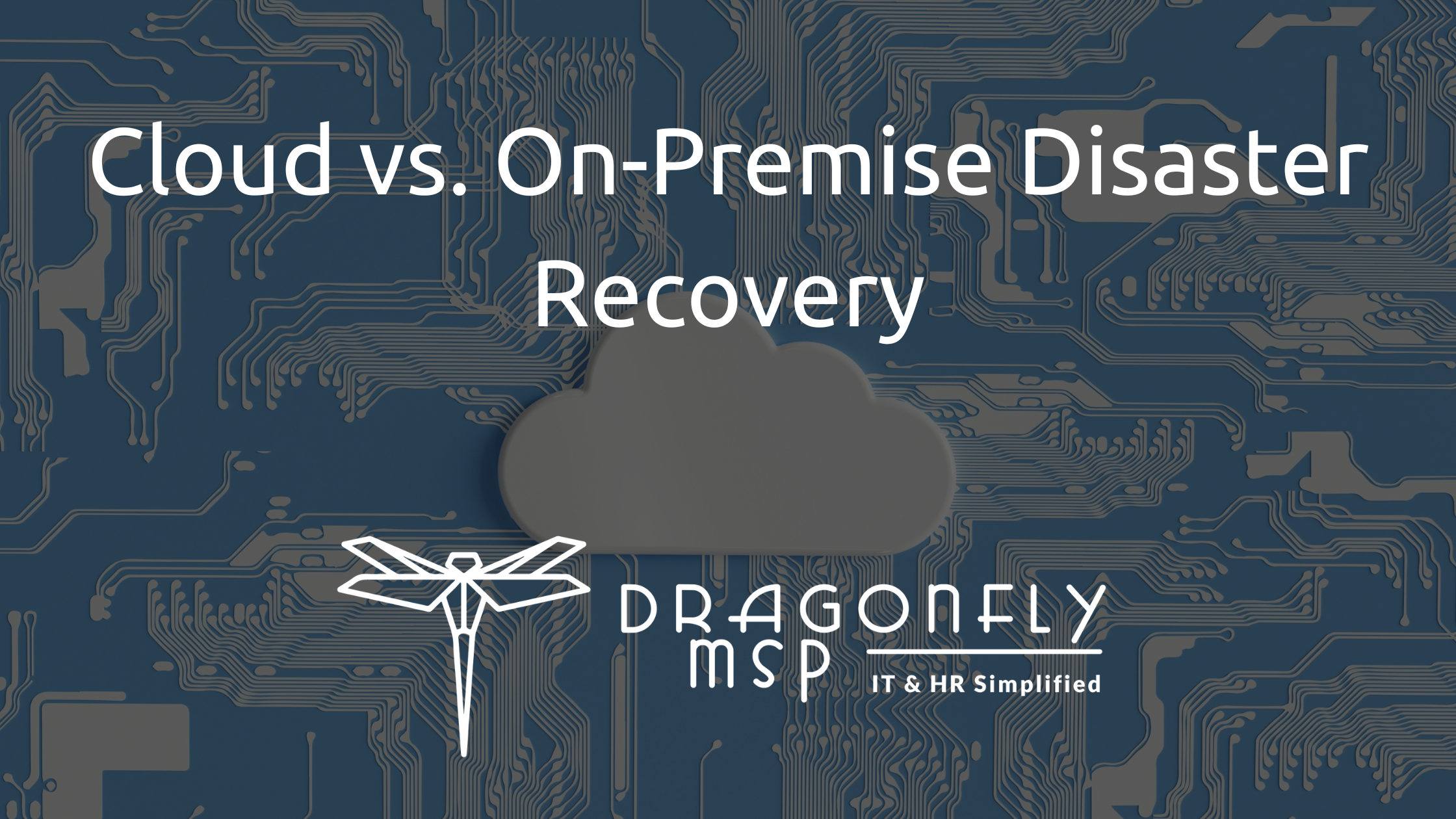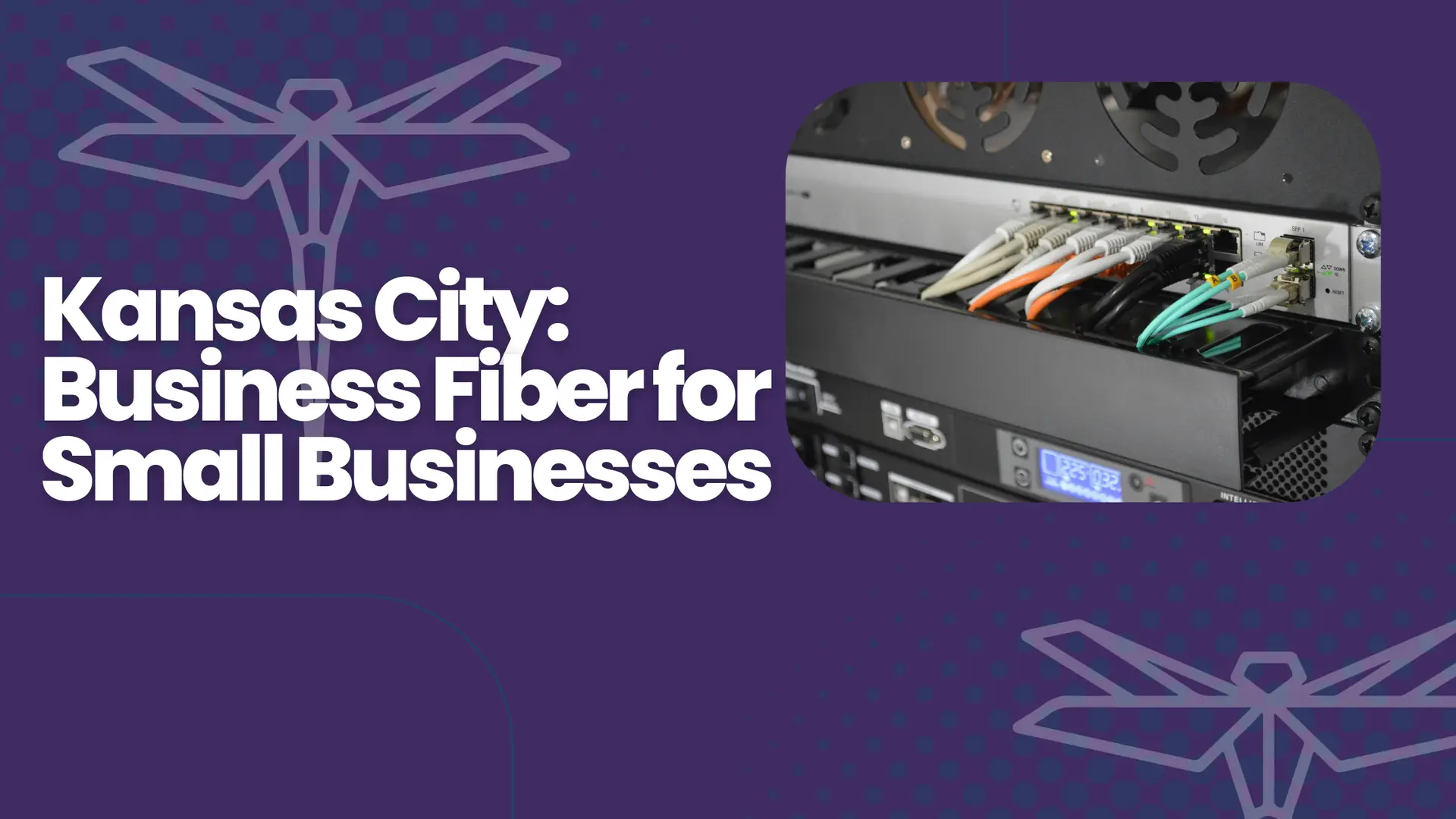Picture this: your business is humming along smoothly, and then bam! disaster strikes. Maybe it’s a power outage, a cyberattack, or just plain old hardware failure. What do you do? Well, if you’re smart, you’ve already got a disaster recovery plan in place. But is it based in the cloud, or are you keeping things on-premise? Let’s dive into the world of disaster recovery and figure out which option is right for you.
What’s the Big Idea?
Disaster recovery is like having a safety net for your business’s data and systems. It ensures that if something goes wrong, you can bounce back quickly and keep things running smoothly. But here’s the kicker: you’ve got to choose between two main types cloud or on-premise.
The Cloud: Floating on Air
The cloud is like storing your data and systems in a magical, invisible vault. You access it over the internet, so it’s always there when you need it.
Pros of Cloud Disaster Recovery:
- Accessibility: You can get to your data from anywhere, anytime. All you need is an internet connection.
- Scalability: As your business grows, your disaster recovery plan can grow right along with it. Just add more storage or resources as needed.
- Cost-Efficiency: You typically pay for what you use, so there’s no need to buy expensive hardware upfront.
- Automatic Updates: The cloud provider handles updates and maintenance, so you don’t have to lift a finger.
Cons of Cloud Disaster Recovery:
- Internet Dependency: If your internet goes down, accessing your data becomes a challenge.
- Security Concerns: Some worry about storing sensitive data offsite, but with strong security measures, this can be mitigated.
- Ongoing Costs: While you save on hardware, there are ongoing subscription costs to consider.
On-Premise: Keeping It Close to Home
On-premise disaster recovery means storing your data and systems right in your office. You’ve got physical servers and equipment you can touch.
Pros of On-Premise Disaster Recovery:
- Control: You’ve got full control over your data and infrastructure. Want to tweak something? Go for it.
- Security: Since everything is onsite, there’s less risk of data interception during transmission.
- No Internet Required: Even if the Wi-Fi’s down, you can still access your data.
Cons of On-Premise Disaster Recovery:
- High Initial Costs: Buying servers and other hardware can be pricey.
- Maintenance: You’re responsible for updates, repairs, and keeping everything running smoothly.
- Limited Scalability: Adding more storage or computing power means buying more equipment.
So, Cloud vs. On-Premise Disaster Recovery: Which Is Right for You?
Deciding between cloud and on-premise disaster recovery depends on your business needs, budget, and priorities. Here are a few questions to help guide your decision:
- How Much Control Do You Want? If you want to manage every detail, on-premise might be for you. Prefer to let someone else handle it? Go cloud.
- What’s Your Budget? Cloud solutions often have lower upfront costs, while on-premise can be more expensive initially but cheaper in the long run.
- How Important Is Accessibility? Need to access your data from anywhere? The cloud is your friend. Happy to keep things in-house? On-premise works.
Getting Down to the Nitty-Gritty
When considering Cloud vs. On-Premise Disaster Recovery: Which Is Right for You?, it’s vital to look at the specific needs of your business. Here’s a quick checklist to ponder:
- Data Sensitivity: If your industry requires extra-tight security, on-premise might suit you better.
- Growth Plans: If you’re scaling fast, the cloud’s flexibility could be a game-changer.
- Disaster Recovery Testing: Regular testing ensures your plan works when you need it most. Which option makes testing easier for you?
FAQs
-
What is disaster recovery? Disaster recovery is a plan to keep your business running smoothly after unexpected events like power outages or cyberattacks.
-
Is cloud disaster recovery safe? Yes, with proper security measures in place, cloud solutions can be very secure.
-
Can I use both cloud and on-premise disaster recovery? Absolutely! A hybrid approach can offer the best of both worlds.
-
What’s cheaper: cloud or on-premise? It depends! Cloud solutions have lower upfront costs, while on-premise might save you money over time.
-
How often should I test my disaster recovery plan? Regular testing is important at least once a year, but more often is better.
Conclusion
Choosing between cloud and on-premise disaster recovery is a big decision, but it doesn’t have to be overwhelming. By weighing the pros and cons and considering your unique needs, you can make the right choice for your business. Whether you go with the cloud, keep it on-premise, or even blend the two, you’ll be better prepared to handle whatever comes your way. Stay prepared, stay secure, and keep your business running smoothly with the right disaster recovery plan.
#dragonflymsp #DisasterRecovery #CloudSolutions #ITSupport #BusinessContinuity







